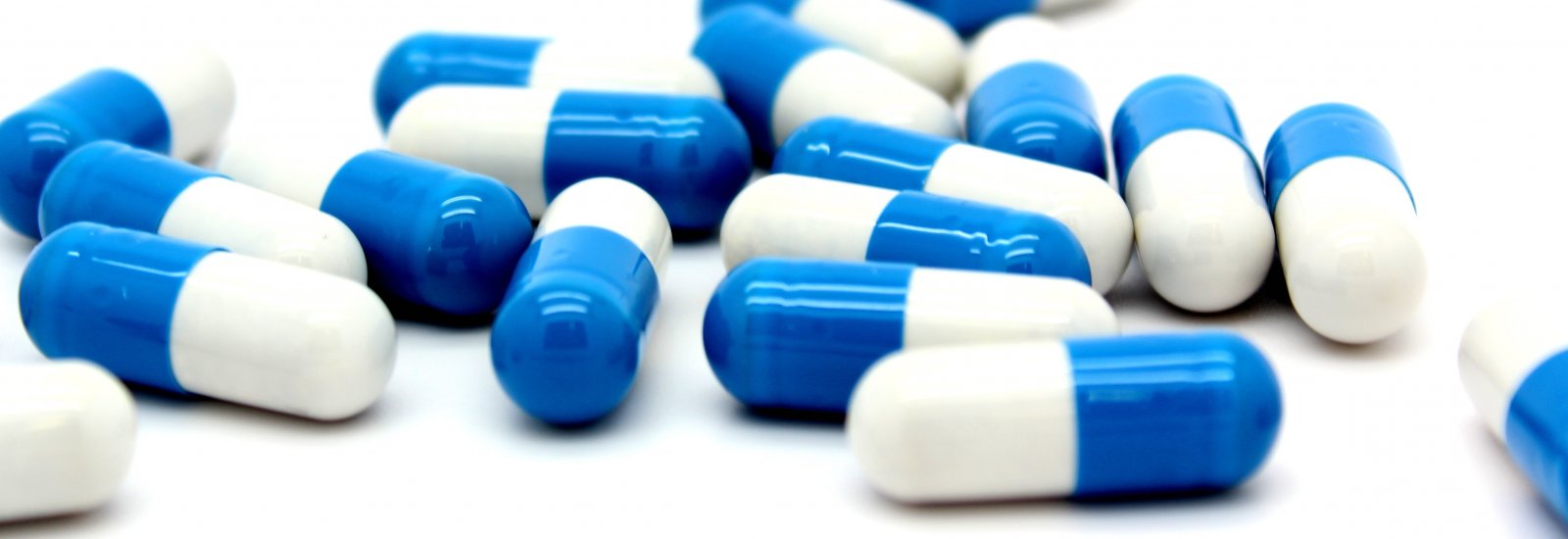
Introduction
Life-saving drugs play a crucial role in modern medicine, transforming countless lives and offering hope where there was once none. These medications are not only essential for treating life-threatening conditions but also for managing chronic diseases and improving overall health. In this guide, we will explore the significance of life-saving drugs, their impact on health, and how they contribute to a longer, healthier life.
The Role of Life-Saving Drugs
Life-saving drugs are medications that significantly improve survival rates and quality of life for patients with serious and often terminal illnesses. They work by targeting specific pathways or mechanisms involved in disease processes, offering treatments that were once unimaginable. These drugs are categorized based on their therapeutic use, including:
- Anticancer Drugs: These medications, such as chemotherapy agents, targeted therapies, and immunotherapies, are designed to kill or inhibit the growth of cancer cells. Examples include cyclophosphamide, etoposide, and imatinib. Manufacturer of cyclophosphamide by several global pharmaceutical companies, including Bayer, which provides this crucial drug for treating various cancers and autoimmune conditions. They are crucial in the management of various cancers, improving survival rates and providing hope for patients.
- Antibiotics and Antiviral Agents: Antibiotics like penicillin and antiviral drugs such as ribavirin combat bacterial and viral infections, respectively. These drugs are essential in treating infections that could otherwise lead to severe complications or death.
- Cardiovascular Medications: Drugs such as statins, beta-blockers, and ACE inhibitors manage conditions like hypertension, heart disease, and stroke. These medications help prevent heart attacks, strokes, and other cardiovascular events, contributing to long-term health and well-being.
- Endocrine Therapies: Medications for diabetes, thyroid disorders, and adrenal insufficiency are vital in managing hormonal imbalances. Insulin and thyroid hormone replacements are examples that help maintain metabolic balance and prevent serious complications.
- Vaccines: Vaccines are a form of preventative medication that protects against infectious diseases. Vaccines for diseases like measles, polio, and influenza have saved millions of lives by preventing outbreaks and reducing disease incidence.
The Impact of Life-Saving Drugs on Health
The introduction and advancement of life-saving drugs have had a profound impact on health and longevity. Here’s how these medications contribute to better health:
- Increased Survival Rates: Life-saving drugs have dramatically increased survival rates for conditions that were once considered fatal. For example, the development of antiretroviral therapy (ART) has transformed HIV/AIDS from a death sentence into a manageable chronic condition.
- Enhanced Quality of Life: Beyond survival, these drugs improve the quality of life by alleviating symptoms, reducing pain, and enabling patients to lead more normal lives. Medications for chronic pain management, for instance, allow patients to participate in daily activities without suffering from debilitating symptoms.
- Prevention of Complications: Many life-saving drugs prevent the progression of diseases and complications. For instance, anticoagulants prevent blood clots that could lead to stroke or heart attack, while antihypertensives manage blood pressure to prevent cardiovascular damage.
- Reduction in Healthcare Costs: By effectively managing and treating diseases, life-saving drugs reduce the need for more expensive medical interventions and hospitalizations. This not only benefits individual patients but also alleviates the financial burden on healthcare systems.
- Support for Chronic Conditions: Life-saving drugs offer ongoing support for chronic conditions, allowing individuals to manage their diseases effectively. Medications for conditions like diabetes, asthma, and rheumatoid arthritis help maintain health and prevent severe exacerbations.
Innovations in Life-Saving Medications
The field of life-saving drugs is constantly evolving, with new innovations improving treatment options and outcomes. Key areas of advancement include:
- Targeted Therapies: These drugs are designed to specifically target cancer cells or disease-causing pathogens, minimizing damage to healthy cells. For example, targeted therapies for cancer like monoclonal antibodies and tyrosine kinase inhibitors offer more precise treatment options.
- Gene Therapy: Gene therapy involves modifying or replacing faulty genes to treat genetic disorders. This cutting-edge approach has shown promise in treating conditions like inherited blindness and certain genetic forms of cancer.
- Personalized Medicine: Advances in genomics and biotechnology have led to personalized medicine, where treatments are tailored to an individual’s genetic makeup. This approach ensures that medications are more effective and have fewer side effects.
- Biologics: Biologics are large, complex molecules derived from living organisms. They include monoclonal antibodies, vaccines, and cell-based therapies. These drugs have revolutionized the treatment of diseases like rheumatoid arthritis and multiple sclerosis.
- Advancements in Drug Delivery: Innovations in drug delivery systems, such as nanoparticle-based delivery and sustained-release formulations, enhance the efficacy and safety of medications. These systems ensure that drugs are delivered more precisely and with fewer side effects.
The Global Impact of Life-Saving Drugs
Life-saving drugs have a global impact, addressing health disparities and improving access to essential treatments. Key aspects include:
- Global Health Initiatives: Organizations like the World Health Organization (WHO) and various non-governmental organizations (NGOs) work to increase access to life-saving drugs in low-income countries. Programs to distribute vaccines, provide essential medications, and support disease prevention are crucial in improving global health outcomes.
- Access and Affordability: Ensuring access to life-saving drugs is a major challenge, particularly in resource-limited settings. Efforts to reduce drug prices, improve supply chains, and support generic drug production help make these medications more accessible to those in need.
- Education and Awareness: Educating healthcare professionals and the public about the importance of life-saving drugs and their proper use is vital for maximizing their benefits. Awareness campaigns and training programs contribute to better health outcomes and informed decision-making.
The Future of Life-Saving Drugs
The future of life-saving drugs is bright, with ongoing research and development promising even greater advancements. Emerging trends include:
- Artificial Intelligence and Machine Learning: AI and machine learning are transforming drug discovery and development. These technologies help identify new drug targets, optimize clinical trials, and predict patient responses, accelerating the development of new life-saving drugs.
- Regenerative Medicine: Regenerative medicine, including stem cell therapy and tissue engineering, holds the potential to repair or replace damaged tissues and organs. This field could revolutionize the treatment of conditions like heart disease, spinal cord injuries, and degenerative diseases.
- Global Collaboration: International collaborations and partnerships are essential for addressing global health challenges and advancing drug development. Sharing knowledge, resources, and expertise helps accelerate progress and improve health outcomes worldwide.
- Sustainability and Environmental Impact: As the pharmaceutical industry grows, there is an increasing focus on sustainability and reducing the environmental impact of drug production. Efforts to develop eco-friendly manufacturing processes and minimize waste are important for ensuring a sustainable future.
Conclusion
Life-saving drugs are a cornerstone of modern medicine, offering hope, improving survival rates, and enhancing the quality of life for millions of people worldwide. Their impact on health is profound, addressing both acute and chronic conditions and contributing to longer, healthier lives. As advancements in drug development continue to emerge, the future holds exciting possibilities for even greater innovations and improvements in healthcare. Embracing these developments and ensuring equitable access to life-saving medications will be key to achieving optimal health for all.





